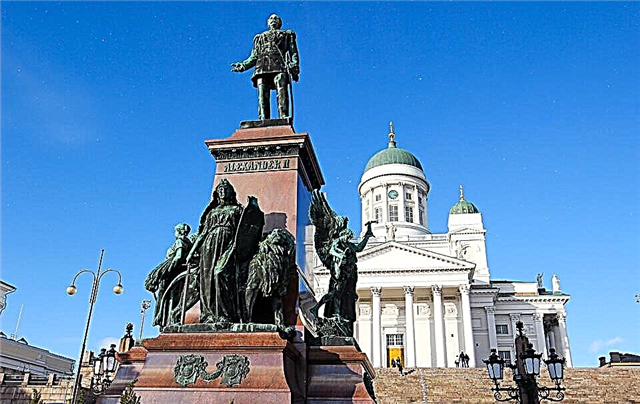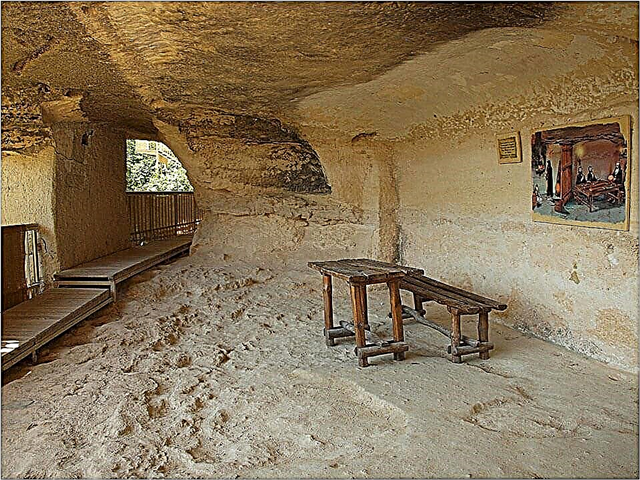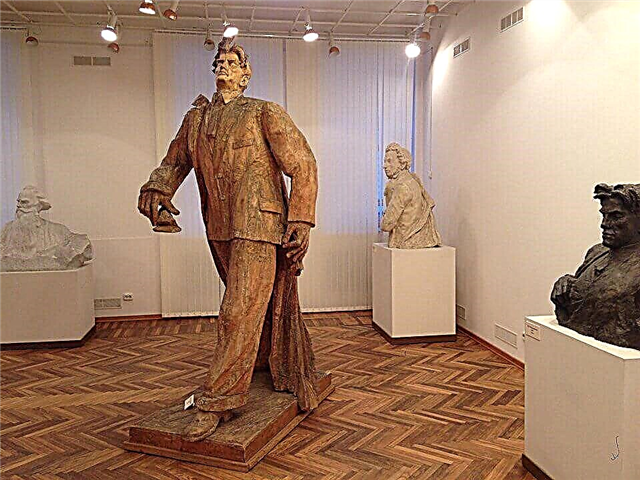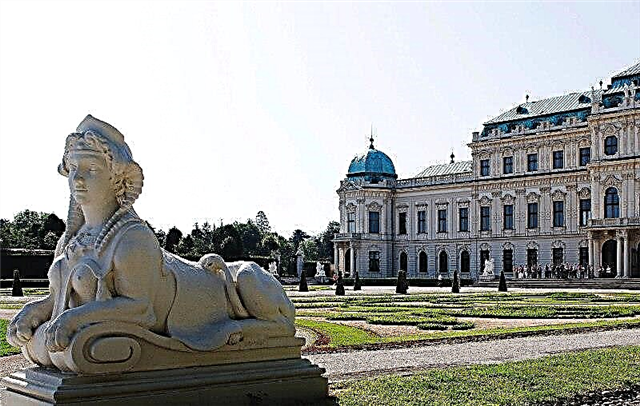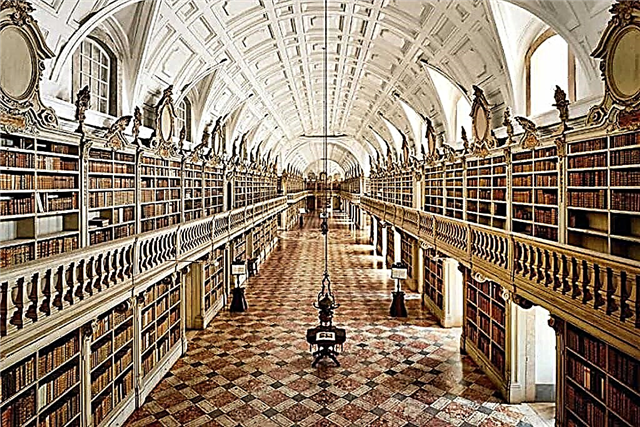This place was created for those who want to know how much a person has cognized his nature and revealed the secrets of the universe. Perhaps even simple solitude here will help reveal questions that have not been answered for a long time. Or maybe behind one opened door there will be another, concealing even more secrets and mysteries.
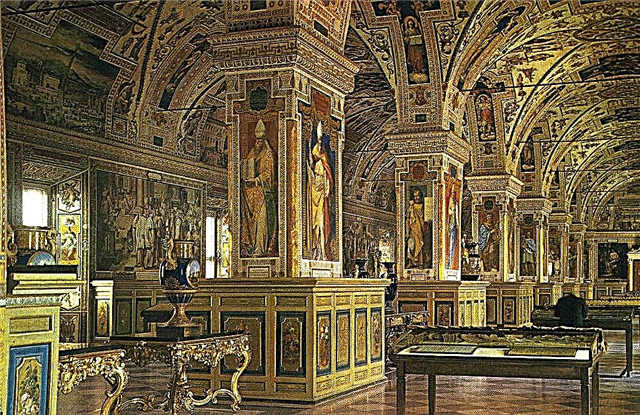
Such a "temple of knowledge" is the world-famous library in the Vatican. Seeing her for the first time, it is impossible not to freeze in admiration for the grandeur and splendor of her architecture. The floors are staggered in white and black tiles, and the vaulted ceilings and columns are decorated with images of great saints. The premises of the library are divided into rooms, there is a Vatican archive and "Biblioteca segreta", which contains especially valuable and classified documents. Only the Pope has access to some of them. The Library also owns a laboratory where the restoration of ancient documents and manuscripts is carried out, and a School of Librarians.
Internal building interior
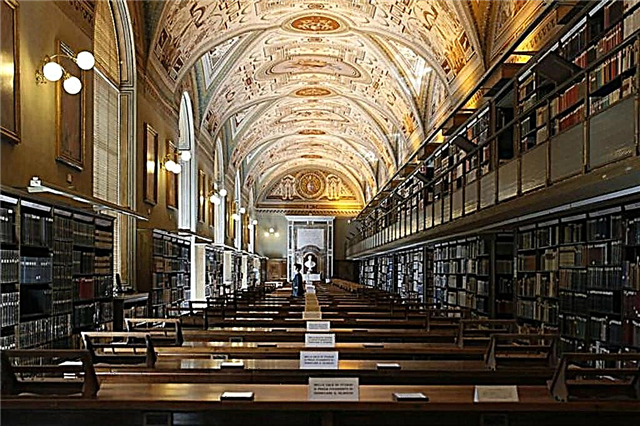
The undoubted decoration of the building's interior is a spiral staircase located under a glass dome. It was made according to the sketches of the architect Giuseppe Momo and consists of two spirals. One spiral goes up, the other goes down. Momo borrowed this idea from Michelangelo, adding a little of his own style and grace to it. If you look at the stairs from top to bottom, then the illusion arises that the spirals are mobile.
This effect is achieved due to the fact that the lower steps are of the usual size, while the upper ones become flatter and wider. Reliable fences of the structure are made of bronze, and acanthus with images of the symbols of the Pope's power are used as decor.
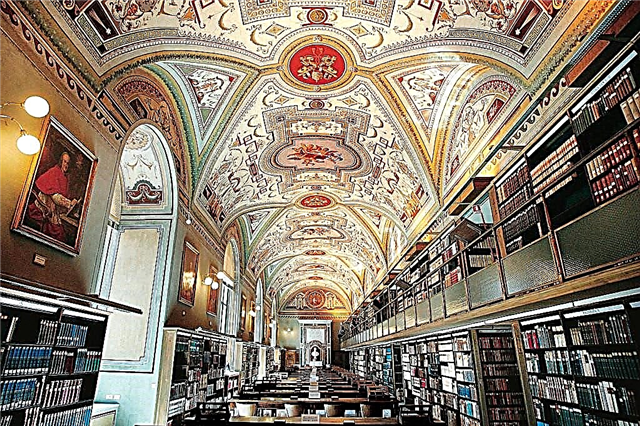
In 2007, the Vatican Library building was closed to visitors, as it began a complete restoration, completed in 2010. Leaving aside the unique interior design, the craftsmen reinforced the walls, replaced the base of the floors and installed an air conditioning system that maintains a constant temperature and humidity, which is very important for the preservation of ancient manuscripts.
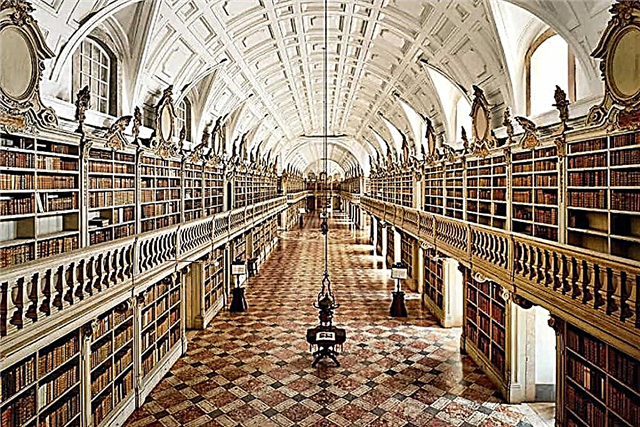
In addition to books, there are collected works of art, among which a special place is occupied by the fresco "Aldobrandi wedding". Until 1818, she decorated the room of Pope Clement VIII, and then was transferred to the Library, where it is still located.
Library history
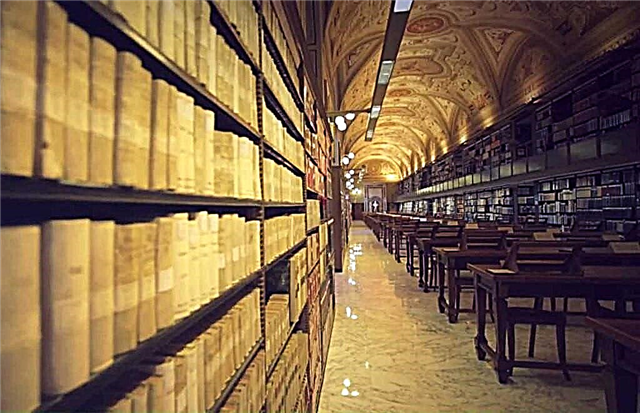
The Vatican Library was officially founded on June 15, 1475. It was on this day that Pope Sixtus IV legalized its existence by his personal decree. But by that time, his predecessors, starting from the fourth century AD, had already collected a significant collection of manuscripts, manuscripts and scientific works, amounting to more than one and a half thousand copies. The library was constantly replenished with books purchased by the papal nuncio, as well as donated by museums in Europe and owners of private collections.
Many exhibits were so moved by time that they had to be restored and rewritten. It is thanks to the painstaking work of scribes that ancient philosophical treatises, sacred writings, classical works of Arabic, Latin, Hebrew, Latin and other cultures, as well as works on jurisprudence, art, music, history, and so on have survived to this day.
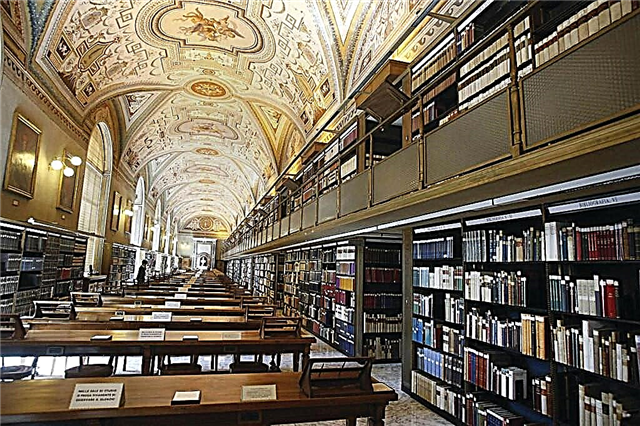
The collection of books grew most rapidly in the seventeenth century, after Pope Paul V announced the creation of an archive to which royal and private collections could be transferred. They were then the Urbino and Heidelberg Libraries, and in the nineteenth century they were also joined by the collections of the books of Count Cicognar and a cardinal named Angelo May, supplemented by his own manuscripts.
In the next century, this tradition was preserved, and the collections of Enrico Cerulli, Ferraioli, Tammaro de Marini and the Chigi library appeared in the Vatican Library.
At the moment, the number of exhibits in the Vatican Library is simply amazing. It contains more than one and a half million printed publications, 150 thousand handwritten books, 8300 copies of early printed books. The number of engravings that were collected by the ministers of this institution is one hundred thousand copies. In addition, there is a hall in which you can see more than three hundred thousand coins and medals from different eras and countries.
Myths and mysteries of the Apostolic Library
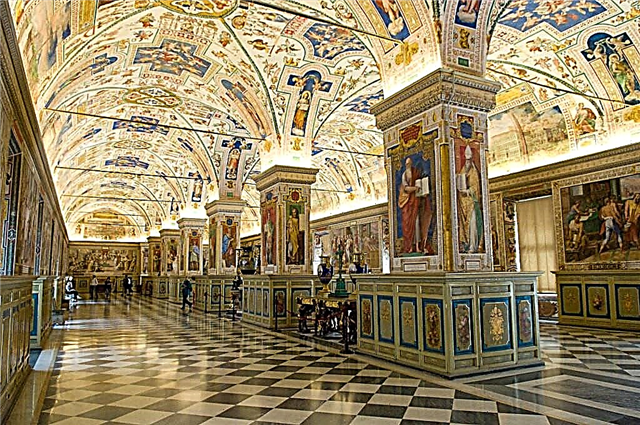
Since the presented Library contains archives, access to which is completely closed, hypotheses are expressed about the existence of certain works by Leonardo da Vinci, which are capable of dispelling the theories and dogmas of the Catholic Church. We will not argue about what the church and religion are worth, the foundations of which can be shaken by one person with just one of his manuscripts, but the fact of the existence of such a work has not yet been confirmed, but also not dispelled.
It is known for certain that the archives of the Vatican Library contain manuscripts of the Toltec Indians, which allegedly confirm the visit of alien beings to earth many centuries ago.
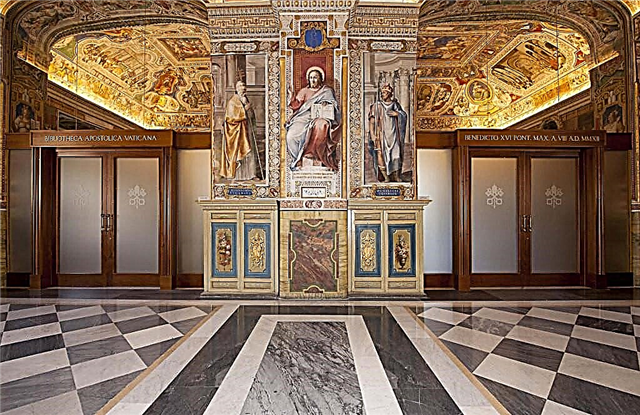
There is a theory according to which the warehouse contains the work of the mysterious alchemist Count Cagliostro, who invented the elixir of rejuvenation of the body and the regeneration of its systems. According to information that has come down to our time, the whole process takes place within forty days, after which a person's skin, hair, teeth, epithelium of the mucous membranes and intestines are completely renewed. This can be believed, since in India there is a similar method, using which the Indian Tapaswiji lived for 185 years, which is an officially confirmed fact.
According to another legend, the original of the first Bible is hidden in the Vatican Library, containing the true truth about God, religiosity and the purpose of man's coming to this earth.
Visit to the Vatican Library
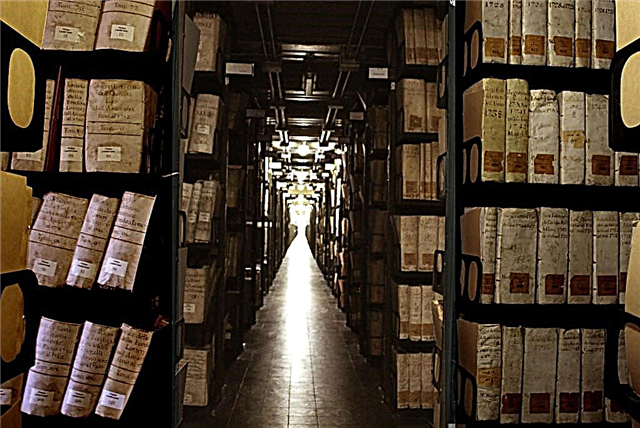
The number of visitors per day is strictly limited and is only 150 people. There is a special department at the library secretariat that reviews applications for admission to the archives. Most often, they are provided to scientists, professors and university students working on dissertations.
It is strictly forbidden to take any books or documents outside the territory of the Library. For security purposes, an electronic chip is embedded in each instance, the radio signal of which can be tracked and located.

For security reasons, the premises of the Vatican Library are equipped with a video surveillance system, fire safety and alarm systems. Wall surfaces are treated with refractory materials that can hold back the spread of fire for a long time.
Perhaps it will seem unfair to someone that access to documents that reveal the great secrets of mankind is closed for this very mankind. But don't be so categorical. After all, the sages say that the teacher will come only when the student is ready. Therefore, improve your mind, look for answers to questions, move in your knowledge only forward and upward, and then the "Great Vatican Teacher" will reveal its doors and secrets to you.




